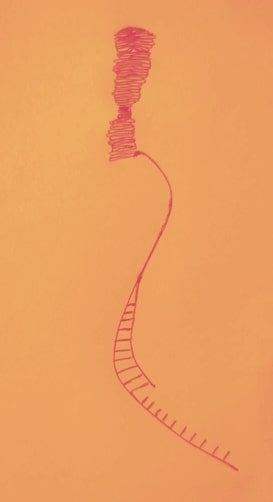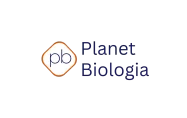Species can be identified independently because of the individuality of their genomes. Simple definition of genome can be understood as the basic genetic material required for the proper growth, development and functioning of the living organism. They are essentially made of a genetic material, most of the times it is DNA and in case of some viruses, RNA also.
Human genome is made of DNA molecules packed in the special structure called as chromosome and contain 23 pairs of homologous chromosome. At least one set of the genetic complement is required for the survival of an individual. Most eukaryotic individuals have two sets of the genetic complement and hence called diploids. Human cell contains a diploid genome.
However many plant cells contain multiple copies of genetic material and can be classified as triploid, tetraploid etc. Primitive organisms like fungi, bacteria etc. possess a single copy of genome and thus can be considered as haploids.
Eukaryotic genome:
They are well organised and compartmentalised in the special membrane bound organelle called as nucleus. It is composed of many linear DNA molecules wrapped and compacted by various histone proteins. These special structures are called as chromosomes. Chromosomes are made up of DNA molecules and associated proteins.
Each chromosome has its definite chromosomal landmarks which are euchromatin, centromere, knobs, heterochromatin, nucleolar organiser and heterochromatin, marking its identity. Heterochromatic region of chromosome will have the densely packed DNA while euchromatic DNA is loosely packed and available for the binding of various DNA binding proteins and transcription factors. The non-condensed structure of the chromosome is called as chromatin and is present for most of the period of cellular cycle.
Organeller genome:
They have separate necessities in the eukaryotic cells. In plants we have chloroplast and and mitochondrion and in animals we have only mitochondria as an organelle. They form a subset of total cellular genome and believed to be evolved from the primitive prokaryotes. The number of copies of chloroplast and mitochondrial chromosomes goes up to hundreds to thousands and for the very same reason they are considered neither haploid nor diploid. Their genome is different than the nuclear one and packaged in nucleoid structure as compared to the histone based supercoiled DNA in eukaryotes.
The mitochondrion can be contributed only by a female parent, they can inherit parent specific trait, a phenomenon is popularly called as maternal inheritance.
Prokaryotic genome:
Cells of prokaryotic organism contain a single circular chromosome and the region where DNA is present called as nucleoid. Some bacteria may acquire the DNA from external sources known as plasmids. Plasmids are termed as extra genomic elements and after entry into the host, it may produce recombinant or can stay as an independent DNA. Plasmid with fertility factor F+ has a special ability to recombine with a host chromosomal DNA and transfer it to a recipient parent. Recipient parent after receiving a partial chromosomal DNA becomes partially diploid and this diploid cell is called as a merozygote.
This transfer of genetic material from a donor cell to the recipient cell can be partial or complete as compared to the eukaryotic genetic material transfer where both parents share equal component of the genome. Also the transfer of the genetic material in bacteria is not reciprocal between the participating parents as cells with only F + factor can transfer the DNA.

Viral genome:
RNA or DNA genome are the genetic material of the viruses, which are also known as short “chromosomes”. They can also be single stranded swell as double stranded DNA or RNA.
Genetic material of the living organism show enormous diversity and increasing complexity with size. However phenotypic appearance of individual looks to be far from related to the size. For example, the size of paramecium genome is twice as that of the human, indicating striking differences in both the individuals. The regulatory aspects of genomes functionality can be discussed elsewhere. Read about the gene function.
